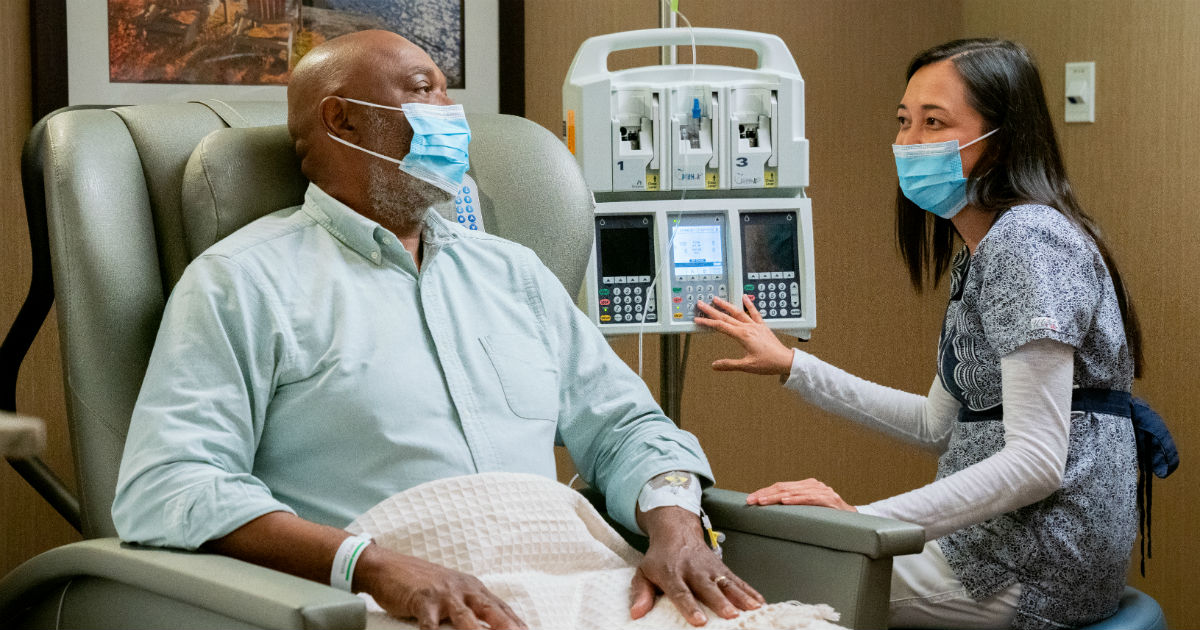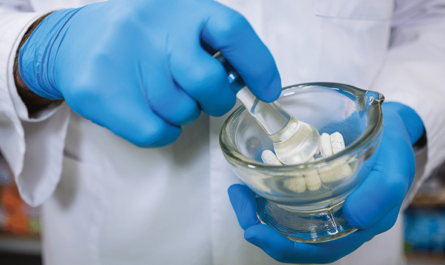Cancer chemotherapy-associated nausea and vomiting are common side effects of cancer treatment. Nausea and vomiting can occur during chemotherapy, in the initial 24 hours following chemotherapy or a few days after chemotherapy. Chemotherapy-induced nausea and vomiting (CINV) negatively impacts patients’ quality of life and adherence to cancer treatment regimens. Antiemetic agents play a key role in reducing CINV. Recent advances in antiemetics have led to the development of combination antiemetic drugs containing agents from different pharmacological classes. Combination antiemetic therapy provides improved control of acute and delayed emesis compared to monotherapy.
The global Cancer Chemotherapy Associated Nausea and Vomiting Therapeutics Market is estimated to be valued at US$ 3537.91 Mn in 2023 and is expected to exhibit a CAGR of 5.3% over the forecast period 2024 to 2031, as highlighted in a new report published by Coherent Market Insights.
Market Dynamics
The increasing adoption of combination antiemetic drugs is expected to drive the growth of the cancer chemotherapy associated nausea and vomiting therapeutics market over the forecast period. Combination therapy maximizes control of emesis by targeting different receptor pathways through neurokinin-1, serotonin, and corticosteroid pathways. Combination therapy using a 5-HT3 blocker, such as ondansetron, with dexamethasone is considered the standard of care for preventing both acute and delayed emesis. For example, EMEND (Aprepitant), a neurokinin-1 receptor antagonist is approved for use in combination with other antiemetic agents for prevention of chemotherapy-induced nausea and vomiting associated with initial and repeat courses of emetogenic cancer chemotherapy.
Additionally, rising cancer prevalence worldwide creates high demand for chemotherapy, thereby increasing the risks of associated side effects such as nausea and vomiting which boosts the need for anti-emetic drugs over the forecast period. According to WHO (World Health Organization), cancer burden rose to 19.3 million new cases and 10.0 million cancer deaths in 2020 globally.
Segment Analysis
The cancer chemotherapy associated nausea and vomiting therapeutics market can be segmented based on route of administration into oral, parenteral and others. The parenteral segment currently dominates the market due to higher efficacy and faster onset of action of drugs administered through this route. However, oral drugs are more convenient to administer and are expected to gain higher market share over the forecast period with improvements in formulations.
PEST Analysis
Political: Regulations around drug safety and efficacy by authorities like USFDA influence R&D and approval process in this market. Recent changes encourage development of safer and more effective therapies.
Economic: Rising healthcare expenditure and increasing cases of cancer drive market growth. However, pricing pressures and healthcare reforms impact investments.
Social: Growing awareness about cancer treatment side effects boost demand for anti-emesis therapies. Support groups encourage new therapies.
Technological: Advancements in drug delivery and formulations aid development of highly effective drugs with better tolerability and compliance. Nanotechnology and targeted therapies offer new opportunities.
Key Takeaways
The global Cancer Chemotherapy Associated Nausea And Vomiting Therapeutics Market Size is expected to witness high growth over the forecast period. The global Cancer Chemotherapy Associated Nausea and Vomiting Therapeutics Market is estimated to be valued at US$ 3537.91 Mn in 2024 and is expected to exhibit a CAGR of 5.3% over the forecast period 2024 to 2031.
Regional analysis
North America dominates the market accounting for over 40% share. This can be attributed to growing elderly population in the US which is more prone to cancer. Rising national health expenditure in the US and Canada on oncology treatment further props up demand for anti-emetic drugs.
Key players
Key players operating in the cancer chemotherapy associated nausea and vomiting therapeutics market are Nature Essential Foods Pvt Ltd, Lotus Bakeries, General Mills Inc., Clif Bar & Company. These leading brands offer a wide range of standardized products and are investing in expanding their regional presence through partnerships and acquisitions.
*Note:
1. Source: Coherent Market Insights, Public sources, Desk research
2. We have leveraged AI tools to mine information and compile it


